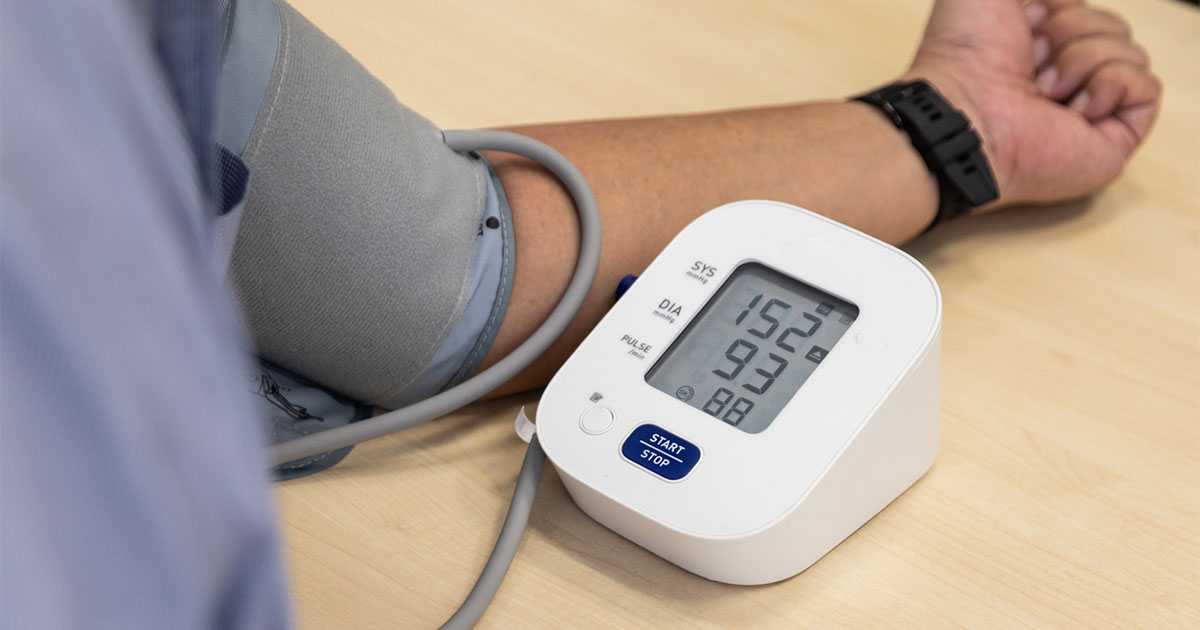Uncertainty exists around the terms “care planning” and “care plan”, and there is a wide interpretation as to their use. In the twenty-plus years I have been nursing in primary care, little seems to have changed, in some areas, in how diabetes is managed; in other areas, however, clinicians are changing practice, working differently, and people with diabetes are reaping the rewards of their endeavours.
Care planning is a process that offers people active involvement in deciding, agreeing and owning how their diabetes will be managed (Diabetes UK and Department of Health [DH], 2006) – it should be a partnership approach. The care plan is simply the means by which decisions are recorded, to aid the individual’s understanding. The importance of agreeing goals and targets with the individual must not be underestimated, it is so much easier to meet a target if you know what it is, and the reward is evident. Note how well targets in the new GMS Contract have been achieved when reward is offered!
In 2000, the Audit Commission (2000) report, albeit based mostly on hospital clinic data, highlighted what people with diabetes really thought:
“The long round of weight, blood pressure, urine and blood tests changes nothing. I feel like a number, not a person.”
“I have no idea whatsoever why I do daily blood checks … I have not the remotest idea why I am keeping the record.”
Sadly it may not only be the people with diabetes who are confused. Research suggests that the purpose of a consultation is not always clear, either to the person with diabetes or to their doctor (Middleton, 2006). We need to be more constructive to effect change, and care plans and care planning could be a start. The White Paper Our Health, Our Care, Our Say (DH, 2006) is part of a 10-year plan to become more responsive to individuals’ needs. Through it, the DH expects everyone with a long-term condition to be offered an integrated care plan, if they want one, by 2010 – that is not far away.
Fortunately, we do not need to re-invent the wheel. Practical examples of care plans are included in Partners in Care (National Diabetes Support Team [NDST], 2008), encouraging true interaction between the person with diabetes and their healthcare team. Areas of good practice are stressed; blood test results are sent to individuals in advance of their clinic appointment so they will have something to discuss (I wish I had thought of that), and templates that adapt to engage individuals in thinking about their condition are used. It is a “gateway to more satisfying and effective consultations” (NDST, 2008).
In the area where I work we are testing our own care plan. Although too large to reproduce here, it is designed to be completed by the person with diabetes in liaison with their healthcare team. One page contains our graphic representation of their metabolic targets (Figure 1), enabling individuals to track the improvements they have made. It does not involve the healthcare professional completing additional paperwork but it does take time.
People with diabetes spend, on average, just 2–3 hours a year interacting with healthcare professionals. We need to be prepared to examine our practice and be willing to adopt new ways of working effectively within existing resources. Our reward can be more satisfaction from consultations and the rosy glow we get from someone saying “thank you, you have helped me”. Happy planning!





Poster abstract submissions are invited for the 21st National Conference of the PCDO Society, which will be held on 19 and 20 November.
10 Apr 2025